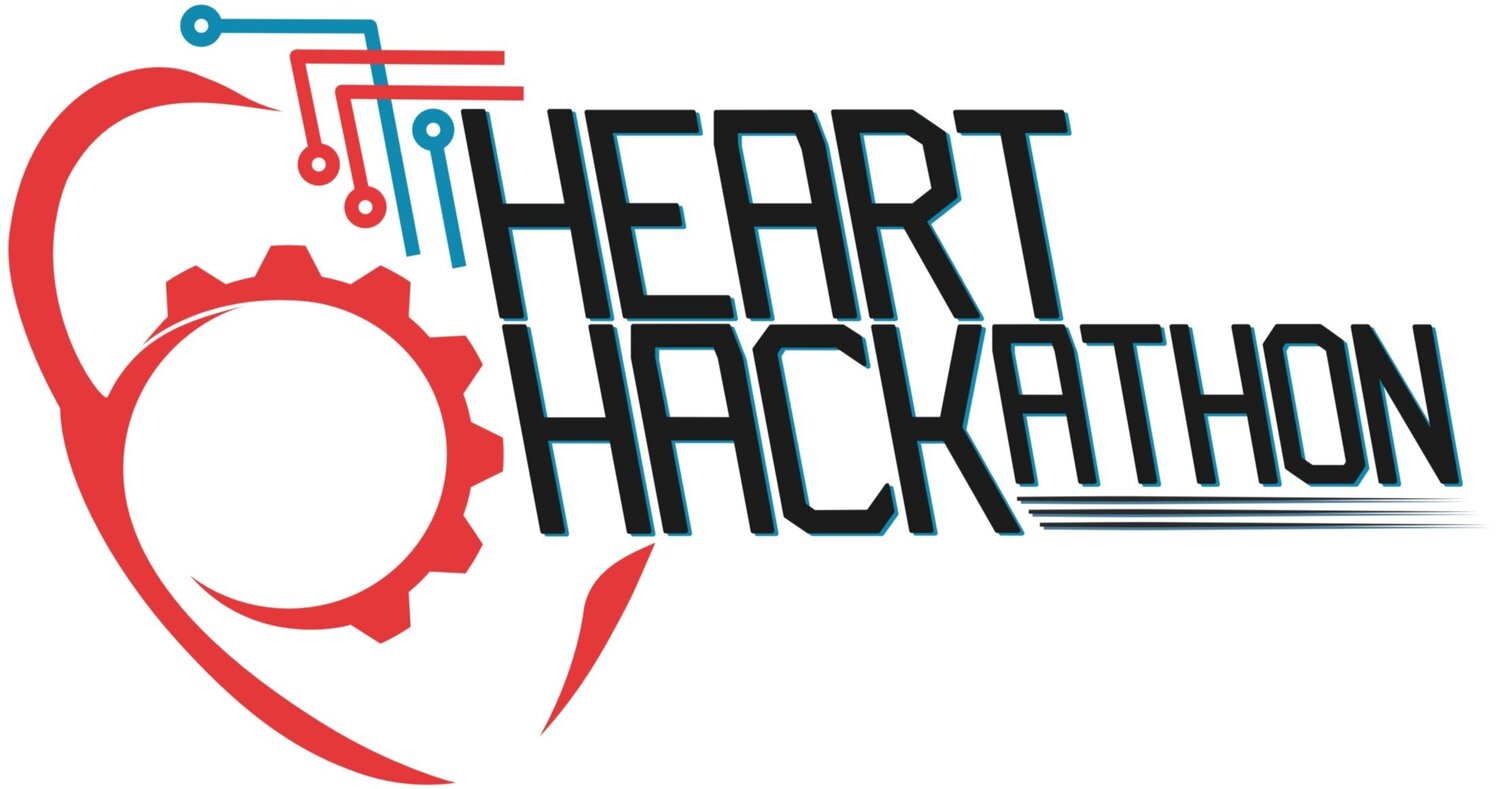From Concept to Reality: The Future of Total Artificial Hearts
Cardiovascular disease remains the leading cause of death worldwide, underscoring the urgent need for innovative, life-saving solutions. At Heart Hackathon, we empower the brightest student teams worldwide to push the boundaries of Total Artificial Heart (TAH) design, blending expertise in engineering, medicine, and entrepreneurship to drive the next generation of cardiac innovation.
The following collection of case studies from our top 2024 teams offers a deep dive into their groundbreaking work. More than just success stories, these insights capture the realities of engineering a TAH, detailing each team’s:
Team structure & collaboration
Design challenges & problem-solving approaches
Key technological innovations
Lessons learned & takeaways for future teams
Whether you're a student looking to launch your own team, an educator guiding the next wave of innovators, or an industry professional exploring the future of artificial heart technology, these case studies provide invaluable knowledge and inspiration. Explore the case studies of 2024 below!
Case Study: Team Bath Heart (TBH)
Overview:
The only student-run medical engineering competition team at the institution
Consists of more than 80 students across multiple disciplinaries
Aims to develop a cutting-edge (TAH) prototype through interdisciplinary collaboration
Key challenges and solutions:
Developed a structured approach to leadership and task delegation
Focused on real-world applicability and medical compliance to enhance project feasibility
Location: University of Bath, United Kingdom
Achievement: Obtained 1st place at Heart Hackathon’s Finale 2024!
Joined Heart Hackathon: 2022
TBH at Vice Chancellor’s Garden Party hosted at University of Bath
Advice for new teams:
Be actively involved with various events, regular team meetings and press releases!
Spend quality time on handovers
Implement a robust filing system
Case Study: CBU Cardiac Engineering (CBUCE)
Overview:
Built on CBU’s biomedical engineering curriculum
Aimed to create a practical, testable, and well-documented artificial heart prototype
Key challenges and solutions:
Created a sustainable leadership structure to ensure continuity
Resolved obstacles in project planning by using communication softwares, physical planning calendars and industry mentorship
Selected a peristaltic pump design for feasibility and innovation
Location: California Baptist University (CBU), USA
Achievement: received 3rd place in their first competition year!
Joined Heart Hackathon: 2023
CBUCE at 2024 MD&M medical device conference in Anaheim, California
Advice for new teams:
Balance ambition with feasibility – don’t aim for an overly complex first prototype
Secure strong industry connections early in the process
Document progress throughout the year to improve final presentations
Case Study: Mending Broken Hearts (MBH)
Overview:
A team dedicated to revolutionizing artificial heart technology
Originated from UNSW’s Vertically Integrated Projects (VIP) program
Combines mechanical, electrical, and software engineering
Key challenges and solutions:
Shifted from an academic elective to include extracurricular participants
Registered as a UNSW Arc Club to manage funding and sponsorships
Focused on size, weight, and energy efficiency of TAHs to improve patient quality of life
Location: UNSW Sydney, Australia
Achievement: received 1st place at the UNSW Education Festival Pitch Competition for the second year in a row!
Joined Heart Hackathon: 2022
MBH received 3rd place in 2024 Heart Hackathon Finale in Utsunomiya, Japan
Advice for new teams:
Establish strong handover documentation for continuity
Maintain consistent funding and academic support






